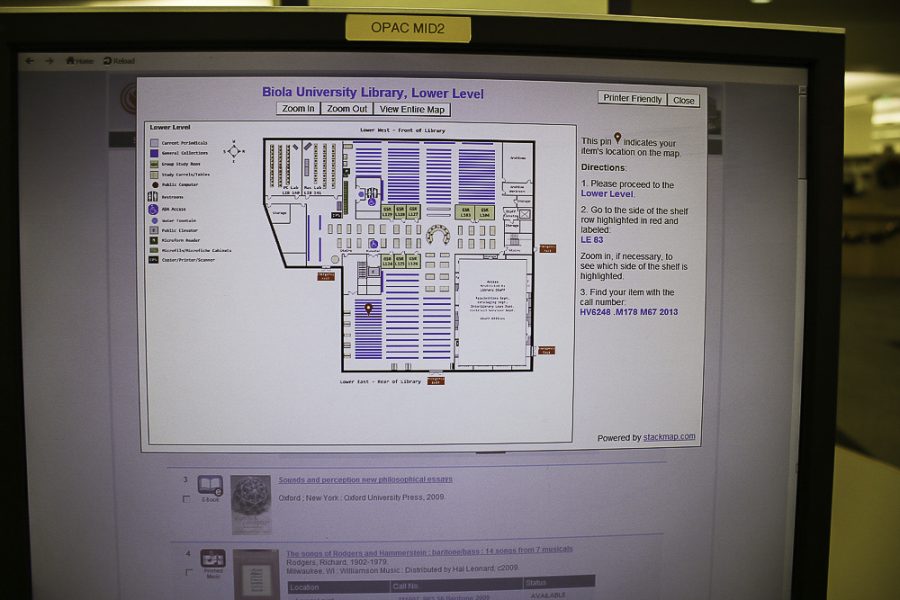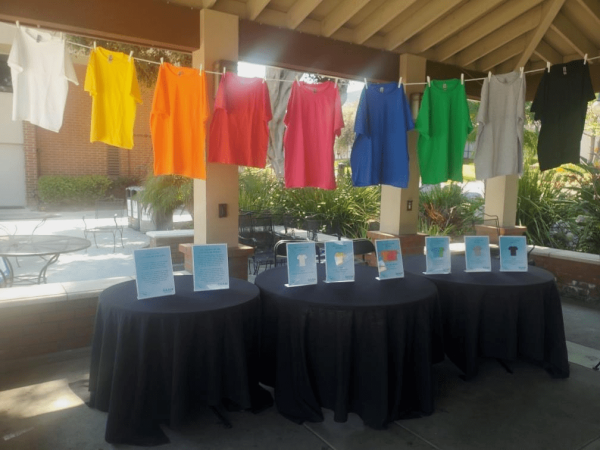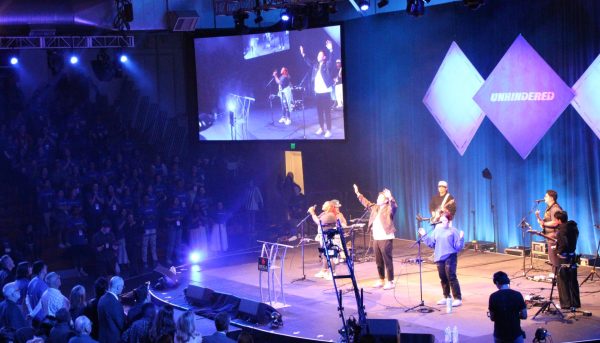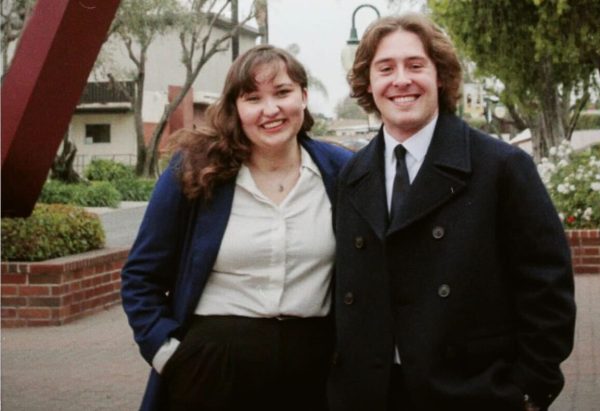Library implements new organization system
StackMap system provides accessibility in finding books.
Becky Mitchell/THE CHIMES
December 8, 2015
At the beginning of the semester the library began using StackMap, a tool that allows students to easily find the location of a book.
This technological enhancement helps students to find books quickly on their own in the Library of Congress system, but also creates a sense of library orientation and information literacy.
“To be able to deliver this ability for students to be able to function in an information-rich society we have information literacy,” said Gregg Geary, dean of the library. “Which includes elements such as critical evaluation of resources, being able to formulate a need to decide what kind of materials they need and to be able to find those materials efficiently and effectively.”
With the enhancement, students can quickly find books. This also allows library staff to move beyond making students aware of the resources available and where they are located, Geary said.
“Our mission as a university is to provide information literacy, which usually is more collaborative—getting into the curriculum, working with faculty to develop curriculum to teach and access this competent, that’s different than orientation,” Geary said.
Within the information literacy mission is also the ability to find materials. This goal is accomplished through StackMap, where there is a “find it” button.
“You can click on a button now when you find a resource and you go ‘Where physically is this thing located in the building?’ and that’s what we’ve done, so you can press a find it button and it will show you graphically where it is,” Geary said.
To enable students to use this feature, the library staff, Geary, Simon Heres, manager of library information technology and April Ray, circulation supervisor, created a map of the library online and posted throughout the library.
“We had to develop a map of every floor of the library,” Heres said. “I had to lay out all the shelves everything that we would want to find on the map and I had to go through and record [the beginning and ending shelf locations] in a spreadsheet.”
Developing the map took several months and became more complicated as books shifted in the process of going from the Dewey decimal system to the Library of Congress system, Geary said. Over the past two summers the library installed temporary shelving to place the books being relocated and are now down to the last 30,000 to 40,000 volumes in the Dewey decimal system. Also, in the future the library hopes to have an interactive screen where students can go and tap for information, Geary said.
As the books shift the map will be updated, which will help ease confusion about the book’s location. With all the new changes, students find the system helpful.
“It’s really helpful to find where that book actually is in the library, … but I think the only kink that they have that is if you aren’t specific with the title you won’t find the book at all,” said Rhea Aves, sophomore political science major.







